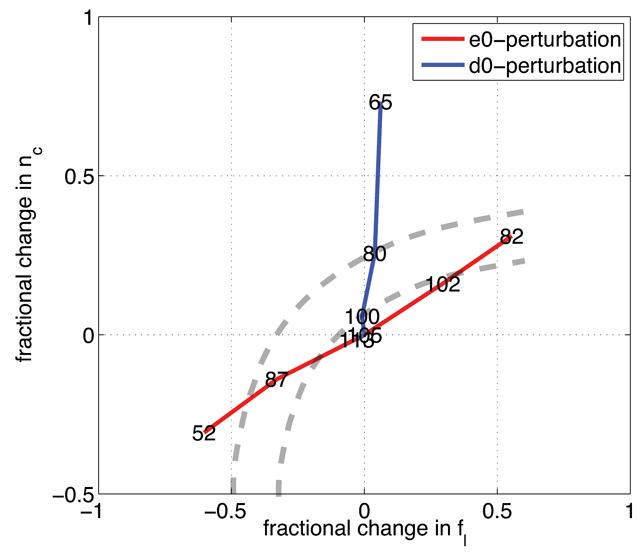April 20th, 2012
Key Findings
- We have identified aspects of HiRAM’s (high resolution global atmospheric model) model formulation, which are important for the simulation of tropical cyclone genesis frequency.
- The simulated global number of tropical cyclones exhibits a non-intuitive response to incremental changes of both parameters.
- We explain the non-intuitive responses through the competing effect of the strength and the noisiness of convection on tropical cyclone genesis.
Ming Zhao, Isaac Held and Shian-Jiann Lin. Journal: Journal of the Atmospheric Sciences. DOI: 10.1175/JAS-D-11-0238.1
Summary
High resolution global atmospheric models are becoming more credible tools for studying the effects of global warming on tropical cyclones, and we need to understand how those aspects of the models in which we have relatively low confidence affect the simulations. The goal of this research was to systematically explore and understand how some key parameters in this global atmospheric model affect the simulation of tropical cyclone frequency.
The two parameters identified as important for tropical cyclone genesis frequency in this model are, first, the horizontal cumulus mixing rate, which controls the entrainment into convective cores within the convection parameterization, and, second, the strength of the damping of the divergent component of the horizontal flow.
The simulated global number of tropical cyclones exhibits a non-intuitive response to incremental changes of both parameters. As the cumulus mixing rate increases, the model produces a non-monotonic response in global tropical cyclone frequency — with an initial sharp increase and then decrease. However, storm mean intensity rises monotonically with the mixing rate. As the strength of the divergence damping increases, the model produces a continuous increase of the global number of tropical cyclones and hurricanes (the opposite of what one might intuitively expect), with little change in storm mean intensity.
We explain the responses in storm frequency through the competing effects of the strength and the noisiness of convection on tropical cyclone genesis. It is the effect of the noisiness of convection (with less noise producing more tropical cyclones) that is the source of the non-intuitive response of tropical cyclone frequency to both parameters.
For this research, we used a high resolution global climate model that is being developed at GFDL for multiple purposes, and is one of the streams of research at the lab leading to a new generation of atmospheric models. The quality of the simulation of tropical cyclones has been one of the key metrics used in the development strategy for this model. We used present-day simulations with a version of HiRAM with 50km horizontal grid size for this purpose.
Known uncertainties
This is a modeling study only. The parameters being varied control technical aspects of the model formulation and are not easily constrained by observations. We have not yet studied how the choice of these parameters affects the response of the frequency or mean intensity of tropical cyclones to climate change.



